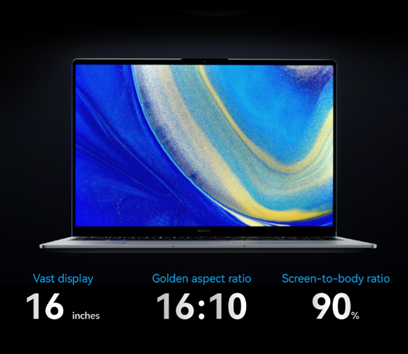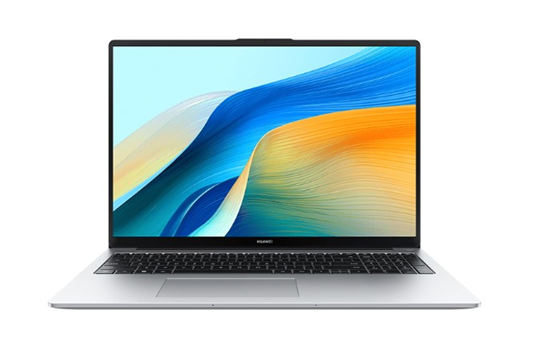
How to Use Your Laptop for Screen Projection in a Meeting
In today's fast-paced and digitally connected world, effective communication is key to success, especially in the realm of business. One powerful tool for enhancing communication during meetings is the ability to project your laptop screen onto a larger display. Whether you're showcasing a presentation, collaborating on a project, or simply sharing information with your team, using your laptop for screen projection can significantly elevate the impact of your message. In this guide, we'll explore the step-by-step process to make the most out of this feature and ensure seamless and professional presentations in any meeting setting.
Mastering Laptop Screen Projection in Meetings
Understanding Your Laptop's Connectivity Options
The first step to successful screen projection is understanding the available connectivity options on your laptop. Most modern laptops come equipped with a variety of ports, such as HDMI, DisplayPort, USB-C, or VGA. Identify the appropriate port on your laptop and make sure you have the corresponding cable for the projection device you'll be using. In addition, some laptops support wireless projection, eliminating the need for cables altogether. Familiarize yourself with the available options to ensure a smooth connection during your meeting.

Connecting Your Laptop to the Projection Device
Once you've identified the right port and cable or confirmed the compatibility for wireless projection, it's time to establish the physical connection. If using a cable, connect one end to your laptop and the other end to the projection device. For wireless projection, ensure that both your laptop and the projection device are on the same network. Follow the manufacturer's instructions for your specific devices to enable wireless projection. Some laptops may require additional settings adjustments to allow screen sharing, so check your system preferences or settings menu accordingly.
Adjusting Display Settings for Optimal Projection
After establishing the connection, it's crucial to adjust your laptop's display settings for optimal projection. Access your display settings through the operating system's control panel or settings menu. Choose the appropriate display mode, such as "Duplicate" to mirror your laptop screen on the projection device or "Extend" to use the projection device as an additional display. Adjust the resolution to match the capabilities of the projection device, ensuring a crisp and clear presentation. Take a moment to test the projection to identify any issues before the actual meeting starts.
Managing Presentation Software and Content
To ensure a seamless presentation, familiarize yourself with the presentation software you'll be using. Whether it's PowerPoint, Keynote, or any other application, open your presentation and set it to full-screen mode. Be mindful of the aspect ratio to prevent distorted images on the projection device. If your presentation includes multimedia elements, such as videos or audio, double-check that the projection device is capable of handling these features. Consider having a backup copy of your presentation on a USB drive in case of technical difficulties, ensuring that you can smoothly transition to an alternative method if needed.
Troubleshooting Common Issues
Despite careful preparation, technical issues may still arise during your meeting. Be prepared to troubleshoot common problems, such as a blank screen, distorted images, or audio issues. If using wireless projection, verify the stability of your network connection. You can buy huawei matebook d 16 to ensure a consistent and reliable screen projection experience. This laptop holds the distinction of being the pioneer in achieving SGS five-star Wi-Fi signal capability certification, guaranteeing a stable wireless connection for seamless projection functionality.

Conclusion
Mastering the art of using your laptop for screen projection in meetings can significantly enhance your ability to communicate effectively and leave a lasting impression on your audience. By understanding your laptop's connectivity options, making the right physical connections, adjusting display settings, and managing presentation software and content, you'll be well-equipped to deliver professional and impactful presentations in any meeting setting. With careful preparation and troubleshooting skills, you can confidently navigate the world of screen projection, ensuring that your message is heard and understood by all.
}})